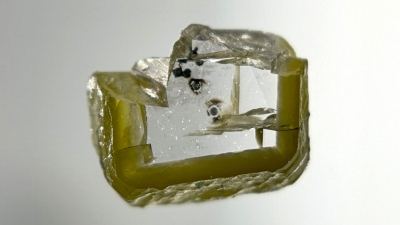WHAT IS THE HISTORY OF TIMEKEEPING?

Long before watches were invented people kept track of time with the help of the sun. Later, Sundials, water clocks, sand glasses or hour glasses, and lamps or candle clocks were created to measure time. The oldest sundial, dating back to 1500 BC was made in Egypt Let's rewind a little to look at how watches have evolved over time
Early watches
In the 1500s, Peter Henlein, a locksmith from Nuremberg, Germany, made a portable, round clock with wheels. It was powered by a metal string. It was called the Nuremberg Egg' because of its shape.
People in France, England, and Switzerland also started to make watches but with only the hour hand. All required to be wound twice a day. Some had dials with the numbers 1 to 12 marked in the outer circle, and 13 to 24 in the inner circle. As watches came to be regarded as jewellery pieces, watchmakers began decorating watch cases with precious stones. They were worn around the neck, mainly by women.
Watches with spring mechanism
The spiral balance spring mechanism was first used in watches in 1675. The credit for introducing this mechanism, which greatly improved the accuracy of watches, goes to Dutch scientist Christiaan Huygens and English physicist Robert Hooke Minute hands were added to watches a few years later.
During this time, King Charles II of England set the fashion of wearing long waistcoats Men stopped wearing their watches around their necks and started keeping them in the pockets of their long waistcoats.
In 1770, Abraham-Louis Perrelet invented a self-winding mechanism for pocket watches. It was designed to wind as the owner walked. Constant improvements were made thereafter, and watches became smaller and more accurate. Balance wheels and hair springs were introduced, and jewels came to be used as bearings.
The first wristwatch
Polish watchmaker Antoni Norbert Patek and French watchmaker Adrien Philippe are credited with inventing the first wristwatch in the late 19th Century. Initially men did not wear it, as they regarded it as a lady's accessory. The mass production of wristwatches took place after World War I, when army officers found it impractical to fumble for their watches in their waist pockets in the midst of battle. Wristwatches were found to be more practical, and by the end of the war. Switzerland boasted of being the world's largest and most organised watch industry. Electronic wristwatches, such as the quartz watch, were invented towards the end of the 20th Century.
Today you get wristwatches that don't just show the time, date, day of the week, month, and year, but also have calculators, digital cameras, and video games. Many are water-resistant and can withstand extreme temperatures. Eco-friendly watches that work on sunlight are also available, and so are gold and platinum watches studded with precious stones.
Picture credit : Google

